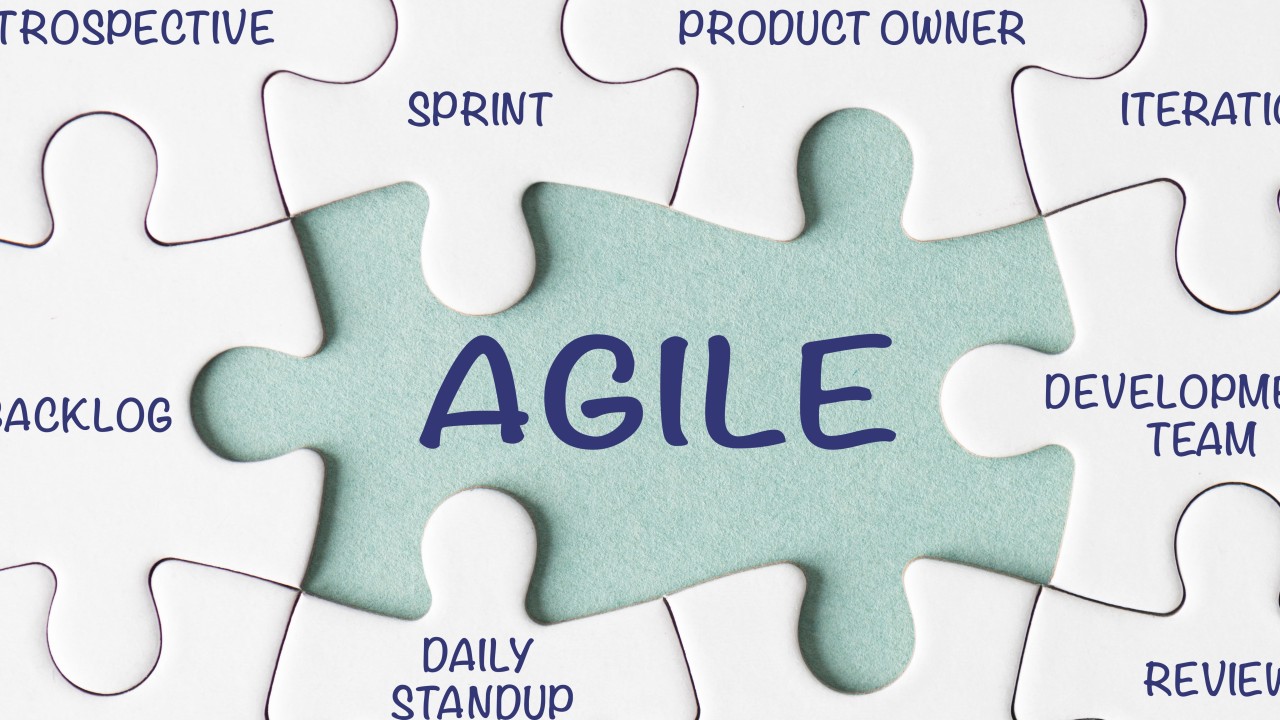
Understanding Agile Methodologies
Sesen Tesfay
Helping C-suite leaders to deliver complex organizational projects. Transforming Leaders, Cultures and Performance
Agile methodologies have transformed the way teams work on projects, particularly in the software development world. But Agile isn’t limited to tech—it’s a mindset and approach that has now spread across various industries. So, what exactly is Agile, and how can understanding its methodologies benefit your team and projects?
What is Agile?
At its core, Agile is a project management philosophy that prioritizes flexibility, collaboration, and customer-centricity. Rather than following a rigid plan from start to finish, Agile allows teams to adapt to changes, respond to feedback, and continuously improve throughout the project’s lifecycle. Agile focuses on delivering value incrementally, making it easier to manage complex projects and deliver quality results more efficiently.
The Core Values of Agile
The Agile Manifesto, written in 2001 by software developers seeking a better way to deliver projects, outlines four key values:
These values set the foundation for Agile methodologies, guiding teams to be more responsive, flexible, and collaborative.
Popular Agile Methodologies
Benefits of Agile Methodologies
When to Use Agile
Agile is particularly useful for projects with high uncertainty, where requirements are likely to evolve. If your team values customer input, fast delivery, and the ability to pivot as new information arises, Agile might be the right fit. However, Agile may be challenging for projects with strict deadlines, fixed scopes, or where the team is unfamiliar with collaborative, iterative processes.
Understanding Agile methodologies can empower your team to be more adaptive, collaborative, and customer-focused. While no single methodology fits every project, exploring options like Scrum, Kanban, Lean, and others can help you find the best approach for your team’s unique needs. Embracing Agile isn't just about following a framework; it's about creating a mindset that thrives on continuous improvement and customer satisfaction.
We help CEOs transform their organization through their most precious asset: the people! We help you implement a system that works!
Whenever you are ready, we can help you transform your organization faster with a system that works.
Schedule your next consult call HERE !
Sesen Tesfay Executive Advisor
Disciplined Agile? Scrum Master
1 周Excited to share my new podcast series, "Agile Insights", where I delve into Agile Project Management, Scrum methodologies, and practical strategies to boost collaboration and efficiency. ?? Listen Here: https://www.youtube.com/playlist?list=PLPsNy0rmwlwePh34b9AHZrg-YQ6VUJ_Cf Whether you're new to Agile or a seasoned pro, there's something for everyone aiming to excel in project management.